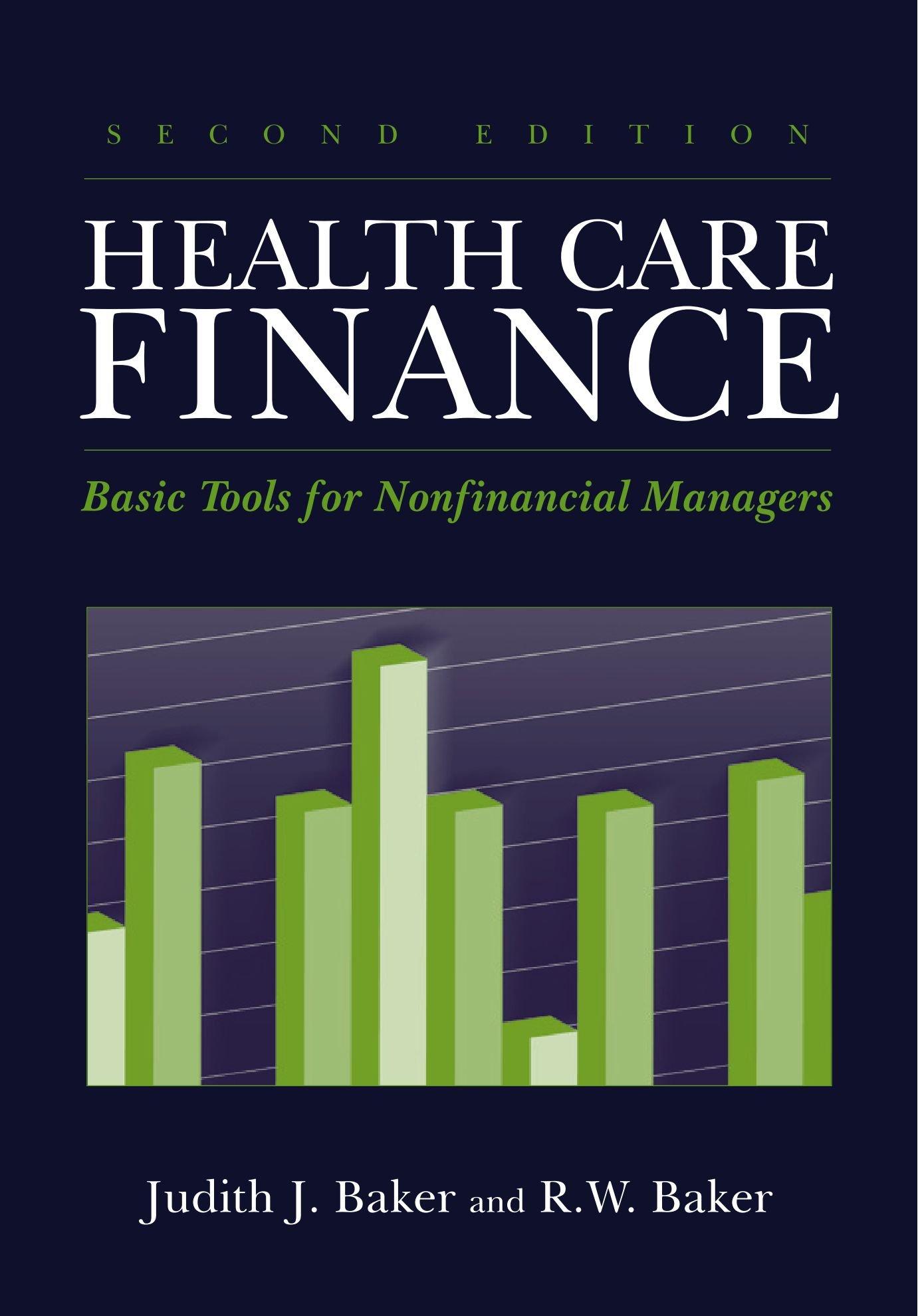Question 6(0.2 mark ) In regard to bonds, coovexity relates to the A. shape of the bood price curve with respect to interest nates B. shape of the yield curve with respect to maturity C alope of the yield carve with respect io liquidity prensiams D. size of the bid-akk spread U.S. firm isued boods denominated in dollars but sold the boods in Jepart Which one of the following statements is correct? A. Both bonds are examples of Eurobonds. B. The Japanese bond is a Eurobond, and the U.S. bond is temed a forcign boed: C. The U.S. bond is a Eurobond, and the Japanese bond is termed a forcign bood. D. Neither bond is a Eurobond. Question 8 ( 0.2 mark): According to the liguidity preference thoory of the term structure of interest rates, an increase in the yield on long-tern corporate bonds versus short-term bonds could be due to A. declining liquidity premiums B. an expectation of an upcoming recession C a decline in future inflation expectations D. an increase in expected inferest mate wolatility Question 9(0.2 mark): Financial assets A. directly contribute to the country's productive capacisy B. indirectly contribute to the country's productive capacity C. contribute to the country's productive capacity both directly and istirectly D. do not contribute to the country's productive capacity cither directly or indirectly Question 10 ( 0.2 mark): Consider two bonds, A and B. Both boods presently are seling at their par value of $1,000. Fach pays interest of $120 annually. Boad A will mature is $ years, while bond B will mature in 6 years. If the yields to maturity on the rwo bonds change foce 124, to 148 . A. both bonds will increase in value but bond A will increase more than bood B B. both bonds will increase in value but bond B will increate race tha bood A. C. both bonds will decrease in vilue but bond A will decrease moce than bood B D. both bonds will decrease in value but bond B will decrease mote than boed A Question 11 (0.2 mark): Everything else equal, the mutarity of a bond and the coupon, the greater the sensitivity of the bond's price to intercst mate chaeges. A. longer, higher B. longer, lower C. shorter; higher D. shorter; lower Question 12 ( 0.2 mark): A coupon boind that pays intercst of $59 anthally bai a pat vahe A. 5.90% B. 638% C. 7.97% D. 6.27%







